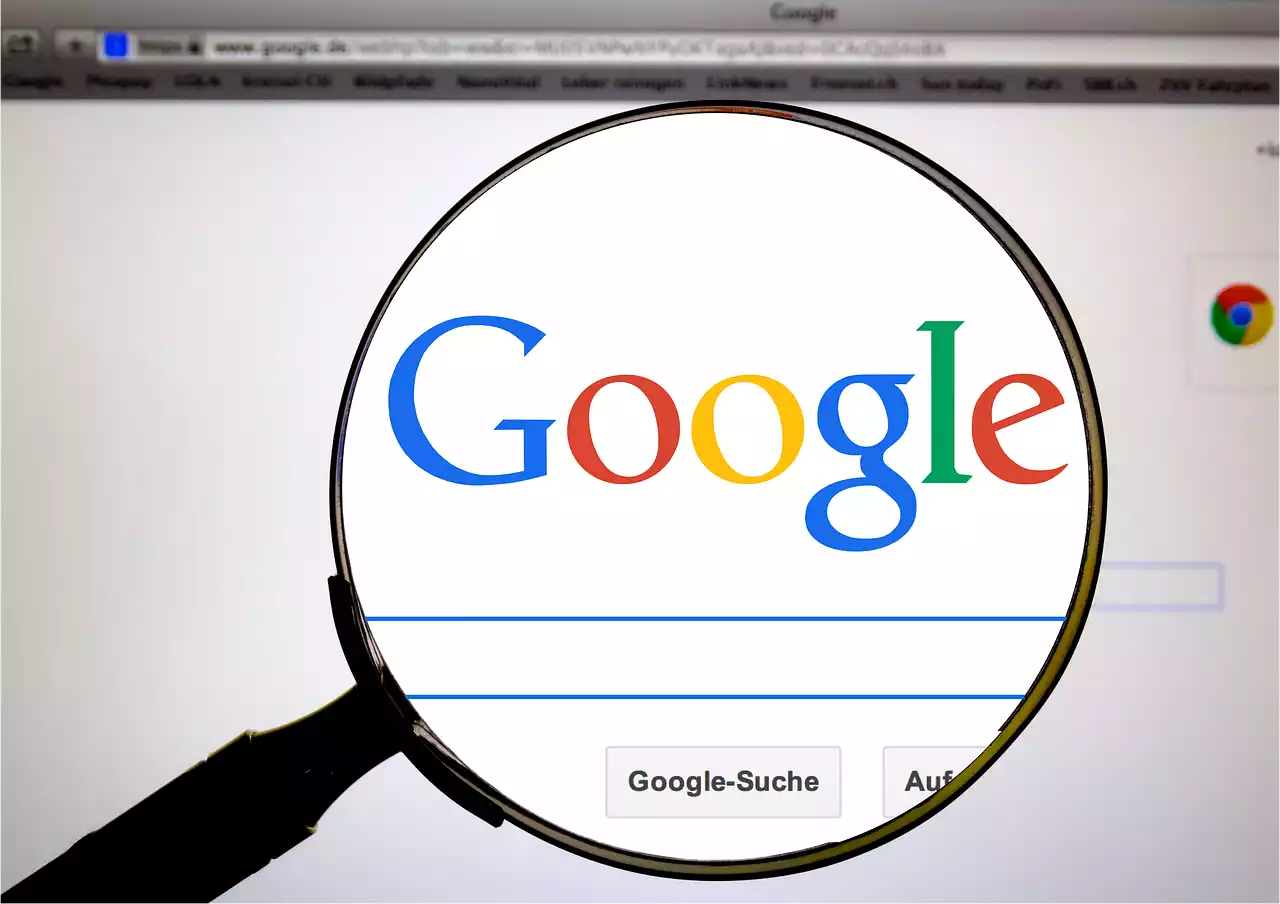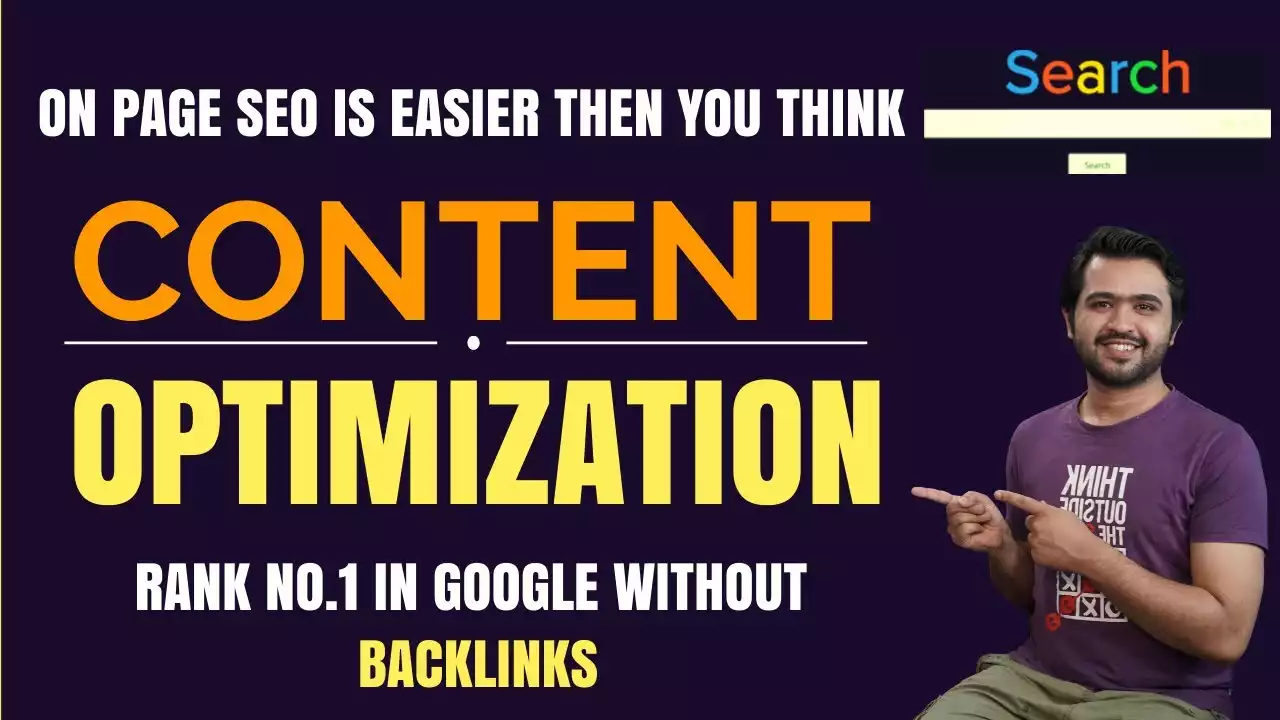Keyword research for On-Page SEO
Keyword research is the foundation of on-page SEO. Before you can optimize your web pages for search engines, you need to know what keywords and phrases your target audience is searching for. Keyword research helps you identify the most relevant and valuable keywords for your business, which you can then use to optimize your website's content.
To start with keyword research, you can use tools like Google Keyword Planner, SEMrush, and Ahrefs. These tools can help you find keywords that are relevant to your business and have a high search volume. Once you've identified your target keywords, you can then use them in your content, titles, meta descriptions, and other on-page elements.
When conducting keyword research, it's important to consider the intent behind each keyword. Some keywords may be more transactional, such as "buy shoes online," while others may be more informational, such as "how to tie a tie." Understanding the intent behind each keyword can help you create content that meets the needs of your target audience.
Title tag optimization
The title tag is one of the most important on-page SEO factors. It's the title of the web page that appears in search engine results and at the top of the browser window. A well-optimized title tag can improve your website's click-through rate and search engine rankings.
When optimizing your title tag, it's important to include your target keyword. However, it's also important to create a title that is compelling and relevant to the user. Your title should accurately describe the content on the page and entice users to click through to your website.
Title tags should be between 50-60 characters in length. If your title is too long, it may be truncated in search engine results, which can decrease your click-through rate. Additionally, avoid using all caps or special characters in your title, as this can make it look spammy.
Meta description optimization
The meta description is the snippet of text that appears below the title tag in search engine results. While meta descriptions don't directly impact search engine rankings, they can influence click-through rates and user engagement.
When optimizing your meta description, it's important to include your target keyword and create a compelling description that accurately describes the content on the page. Meta descriptions should be between 135-160 characters in length.
Like your title tag, avoid using all caps or special characters in your meta description. Additionally, use active voice and avoid using passive voice, as this can make your description sound less compelling.
Header tags optimization
Header tags are the HTML tags that are used to structure your content. There are six header tags, ranging from H1 to H6, with H1 being the most important and H6 being the least important.
When optimizing your header tags, it's important to use your target keyword in your H1 tag. Additionally, use H2 and H3 tags to structure your content and make it easier for users to read.
Header tags not only make your content more readable, but they also help search engines understand the structure of your content. This can improve your website's search engine rankings and user engagement.
Content optimization
Content optimization involves creating high-quality, relevant content that meets the needs of your target audience. When creating content, it's important to use your target keyword in the title, meta description, and throughout the content.
However, it's also important to create content that is engaging, informative, and valuable to the user. Your content should be well-written, easy to read, and provide value to the user. Additionally, use images, videos, and other multimedia elements to make your content more engaging and shareable.
When optimizing your content, it's important to avoid keyword stuffing. Keyword stuffing is when you use your target keyword too many times in your content, which can make it look spammy and decrease your search engine rankings.
How to Optimize Your Content For Your Target Keyword [5.2]
Image optimization
Images can improve the visual appeal of your website and make your content more engaging. However, they can also slow down your website's loading speed, which can negatively impact your search engine rankings.
To optimize your images for search engines, it's important to use descriptive file names and alt tags. Your file names should be descriptive and include your target keyword, while your alt tags should describe the image and include your target keyword.
Additionally, it's important to compress your images to reduce their file size. This can improve your website's loading speed and user experience.
URL structure optimization
Your website's URL structure is an important on-page SEO factor. When creating URLs, it's important to use descriptive words and include your target keyword. Additionally, avoid using special characters and symbols in your URLs, as this can make them look spammy.
Your URLs should be short and easy to read. Avoid using long, convoluted URLs that are difficult for users to understand. Additionally, use hyphens to separate words in your URLs, as this is more search engine friendly than using underscores.
Internal linking optimization
Internal linking refers to linking to other pages on your website from within your content. Internal linking can improve your website's search engine rankings and user experience by making it easier for users and search engines to navigate your website.
When optimizing your internal linking, it's important to use descriptive anchor text. Your anchor text should accurately describe the content on the linked page and include your target keyword. Additionally, avoid using generic anchor text like "click here," as this provides little value to the user or search engines.










